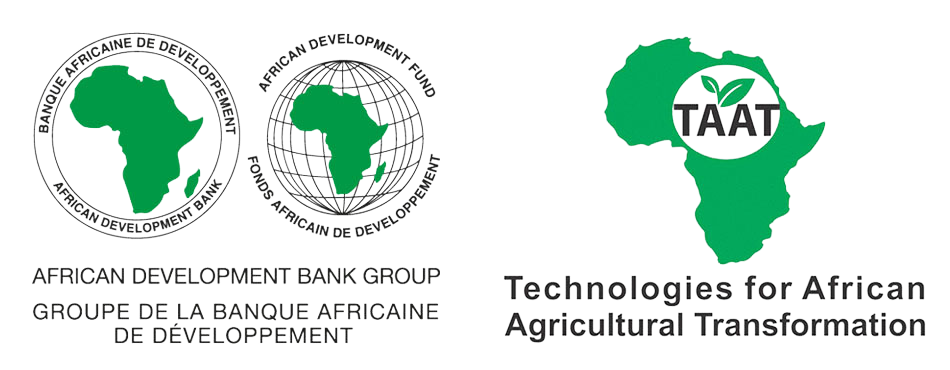

Low-cost hygienic drying technology for high-quality products
The ISD (Solar Bubble Dryer) technology is a mobile drying system that dehydrates freshly harvested cassava roots in a protected environment using solar energy. It operates by harnessing solar energy through two main mechanisms. First, the drying tunnel acts as a solar collector, with sunlight entering through a transparent top and converting into heat to raise the air temperature, speeding up the drying process. Second, a photovoltaic system—consisting of a solar panel, rechargeable battery, and controller—generates electricity to power a small blower, which circulates air through the drying tunnel, inflates it, and removes moisture from the cassava.
This technology is pre-validated.
Adults 18 and over: Positive high
It enhances productivity by reducing post-harvest losses and improving the quality of produce. This can lead to higher income and improved livelihoods.
The poor: Positive medium
While the initial cost may be a barrier, the long-term savings from reduced losses and increased market access can help offset the investment, making the technology a cost-effective solution for poor farmers in the long run.
Under 18: No impact
Women: Positive high
It reduces their workload, allowing women to focus on other income-generating activities. It also provides an opportunity to increase the quality and quantity of dried cassava, leading to higher market value and potentially better income.
Climate adaptability: Highly adaptable
It utilizes solar energy, a renewable resource, for drying cassava, which makes it adaptable to changing climate conditions.
Farmer climate change readiness: Moderate improvement
It can improve the stability of yields by enabling timely post-harvest processing, which is critical for maintaining food supplies in the face of changing weather patterns.
Biodiversity: Positive impact on biodiversity
By minimizing chemical pesticide use (since the technology reduces the need for pest control), it contributes to preserving beneficial insects and organisms in the ecosystem.
Carbon footprint: Much less carbon released
It produces no emissions during operation, helping to reduce the overall environmental impact of drying processes.
Environmental health: Greatly improves environmental health
It promotes cleaner, healthier processing. It prevents the contamination of food and the surrounding environment, thus contributing to better overall environmental health.
Water use: A bit less water used
It can contribute indirectly to water conservation by reducing the need for overuse of water for crop processing or the washing of food.
Soil quality: Not yet estimated
Solar Bubble Dryer (ISD): A Sustainable Drying Solution for Enhanced Food Security
The Solar Bubble Dryer (ISD) offers a sustainable, mobile drying technology that enhances food quality and reduces post-harvest losses. By utilizing solar energy, it aligns with Sustainable Development Goals (SDGs) related to food security, economic growth, and climate action, particularly through reduced food waste and reliance on fuel-based drying methods.
To effectively integrate the ISD technology into your project, consider the following key steps:
Cost Analysis:
The Solar Bubble Dryer requires an initial investment of approximately $1,800 per unit, with additional minimal operating costs. Estimate the number of units based on your project scale, target crop volumes, and geographical distribution of target users.
Supply Chain Considerations:
Identify reliable manufacturers or suppliers of the ISD technology. Factor in transportation costs to project locations and include potential import duties if the technology is sourced internationally.
Training and Support:
Organize training for project implementers and farmers on using the ISD effectively. Budget for initial and follow-up training sessions that cover best practices, equipment maintenance, and troubleshooting.
Communication Strategy:
Develop informative communication materials such as brochures, instructional videos, and community radio broadcasts to raise awareness about the ISD technology’s benefits and usage among local farmers.
Drying Process Requirements:
To maximize ISD efficiency, ensure that cassava and other target crops are prepared adequately for drying. Training on pre-drying techniques, as well as incorporating tools like moisture meters, can help users achieve optimal drying outcomes.
By addressing these key points, your project can successfully implement Solar Bubble Dryer technology, enhancing food security and economic resilience for farmers while promoting eco-friendly agricultural practices.
Initial investment
Benefit for Cassava
Drying Capacity from 57% to 12%
Lifespan
Operating Costs
No formal IP rights
Scaling Readiness describes how complete a technology’s development is and its ability to be scaled. It produces a score that measures a technology’s readiness along two axes: the level of maturity of the idea itself, and the level to which the technology has been used so far.
Each axis goes from 0 to 9 where 9 is the “ready-to-scale” status. For each technology profile in the e-catalogs we have documented the scaling readiness status from evidence given by the technology providers. The e-catalogs only showcase technologies for which the scaling readiness score is at least 8 for maturity of the idea and 7 for the level of use.
The graph below represents visually the scaling readiness status for this technology, you can see the label of each level by hovering your mouse cursor on the number.
Read more about scaling readiness ›
Uncontrolled environment: validated
Common use by intended users, in the real world
| Maturity of the idea | Level of use | |||||||||
| 9 | ||||||||||
| 8 | ||||||||||
| 7 | ||||||||||
| 6 | ||||||||||
| 5 | ||||||||||
| 4 | ||||||||||
| 3 | ||||||||||
| 2 | ||||||||||
| 1 | ||||||||||
| 1 | 2 | 3 | 4 | 5 | 6 | 7 | 8 | 9 | ||
| Country | Testing ongoing | Tested | Adopted |
|---|---|---|---|
| Cameroon | –No ongoing testing | Tested | Adopted |
| Democratic Republic of the Congo | –No ongoing testing | Tested | Adopted |
This technology can be used in the colored agro-ecological zones. Any zones shown in white are not suitable for this technology.
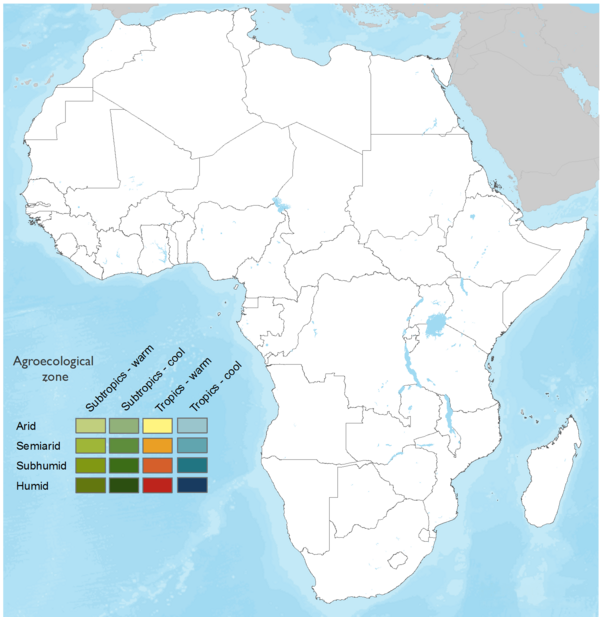
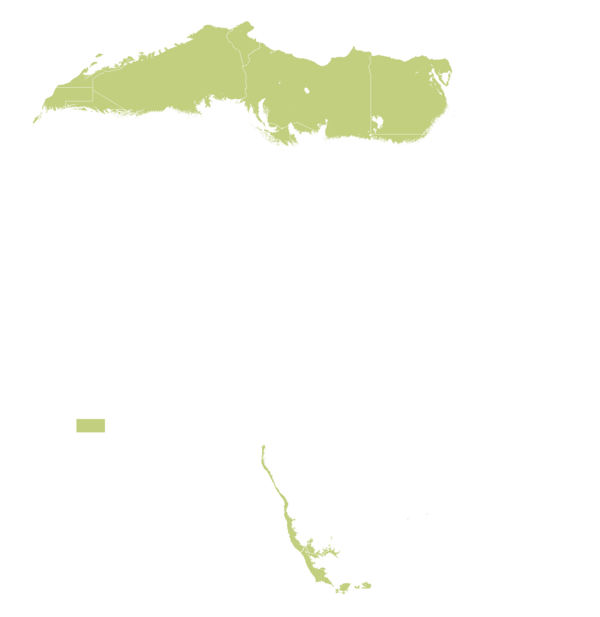

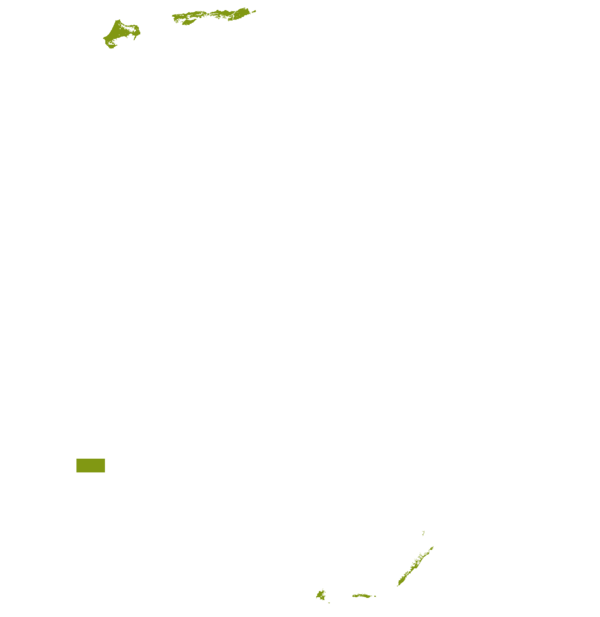
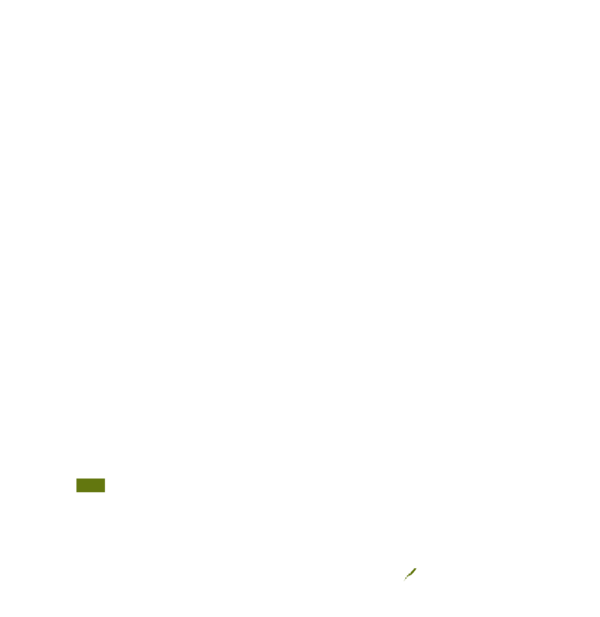

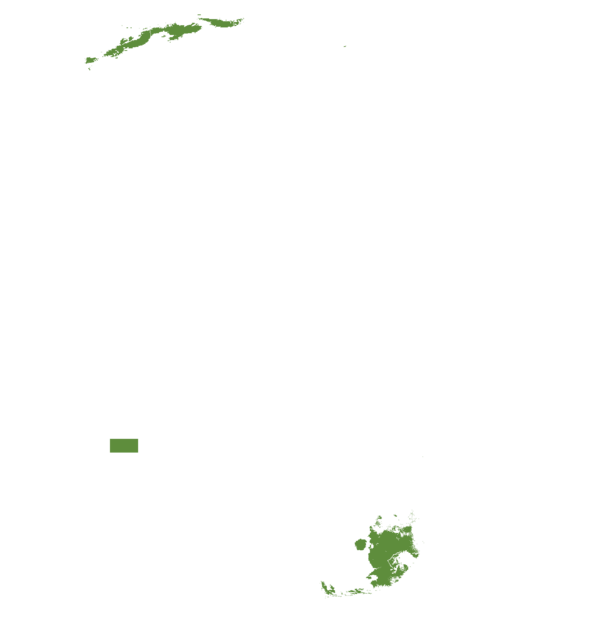
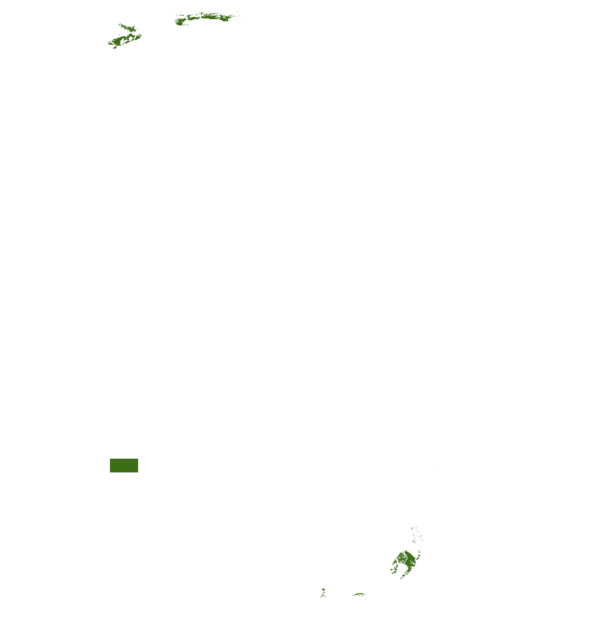
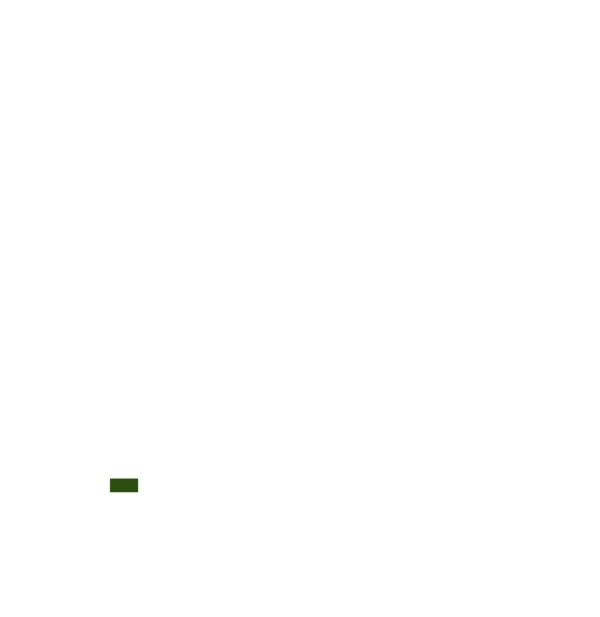
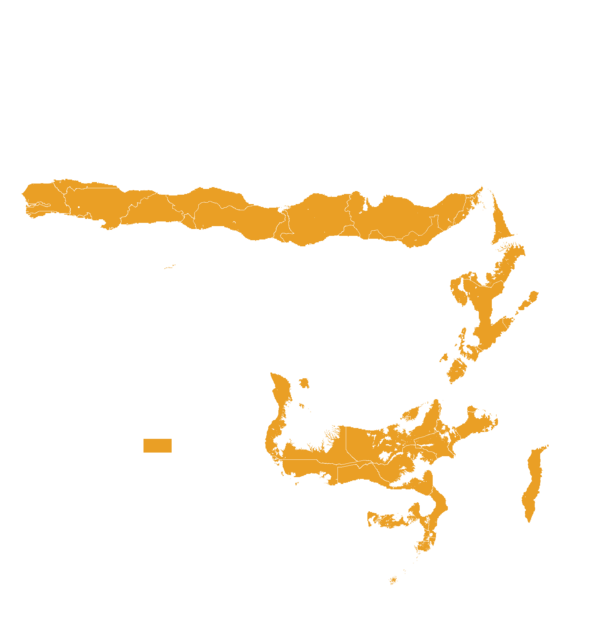
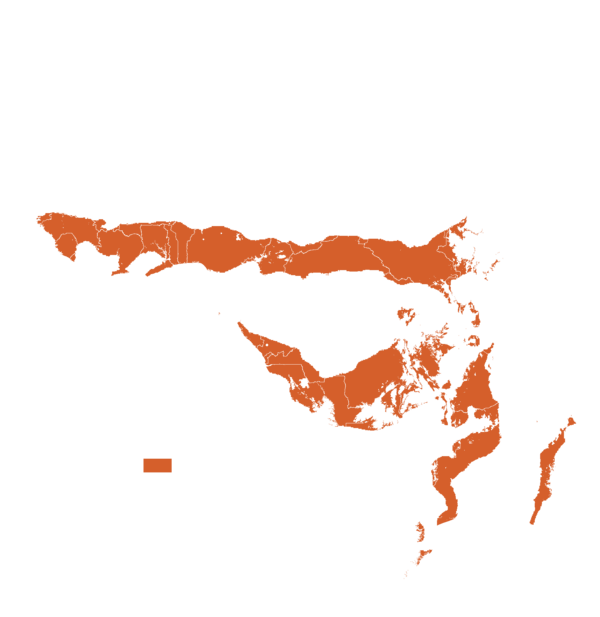

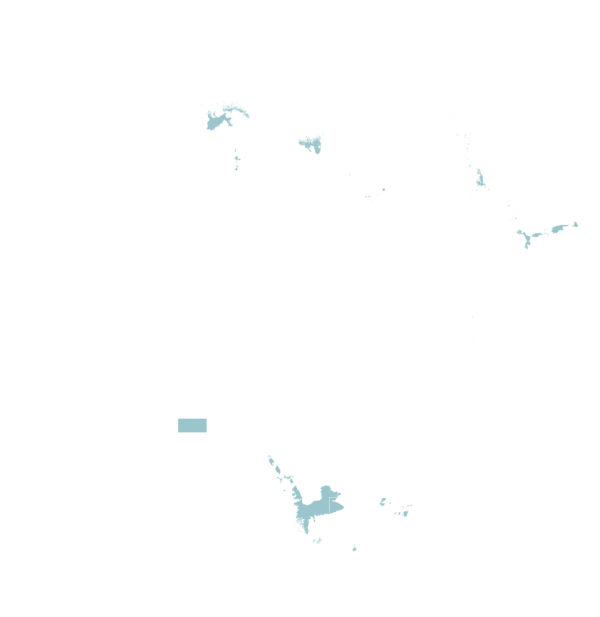

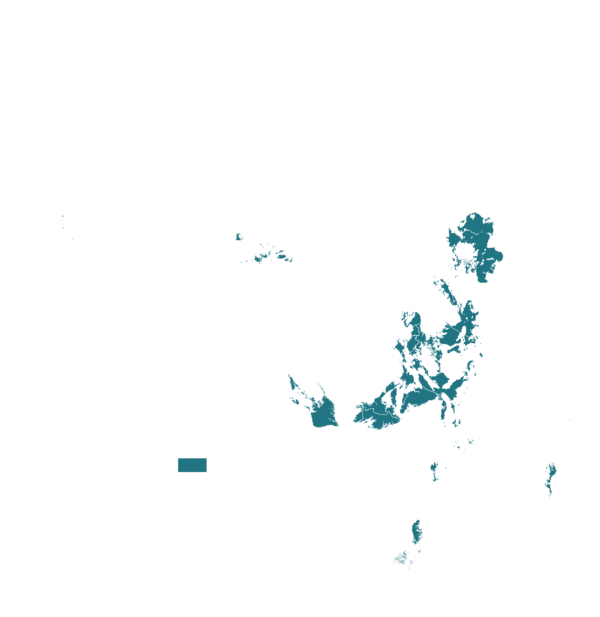
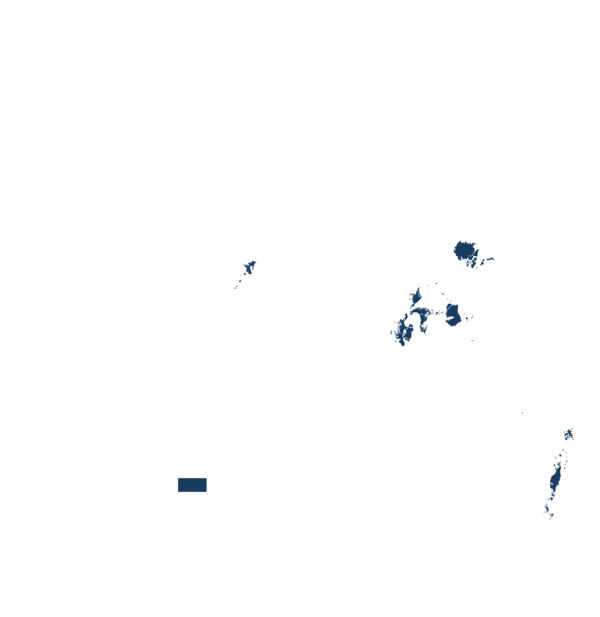
| AEZ | Subtropic - warm | Subtropic - cool | Tropic - warm | Tropic - cool |
|---|---|---|---|---|
| Arid | ||||
| Semiarid | ||||
| Subhumid | ||||
| Humid |
Source: HarvestChoice/IFPRI 2009
The United Nations Sustainable Development Goals that are applicable to this technology.

By enabling farmers to dry their produce quickly and effectively in a protected environment, it helps ensure that food is available for consumption or sale, improving both quantity and quality.

By adopting the ISD technology, women can significantly improve their productivity, increase their income, and reduce the labor-intensive nature of food processing.
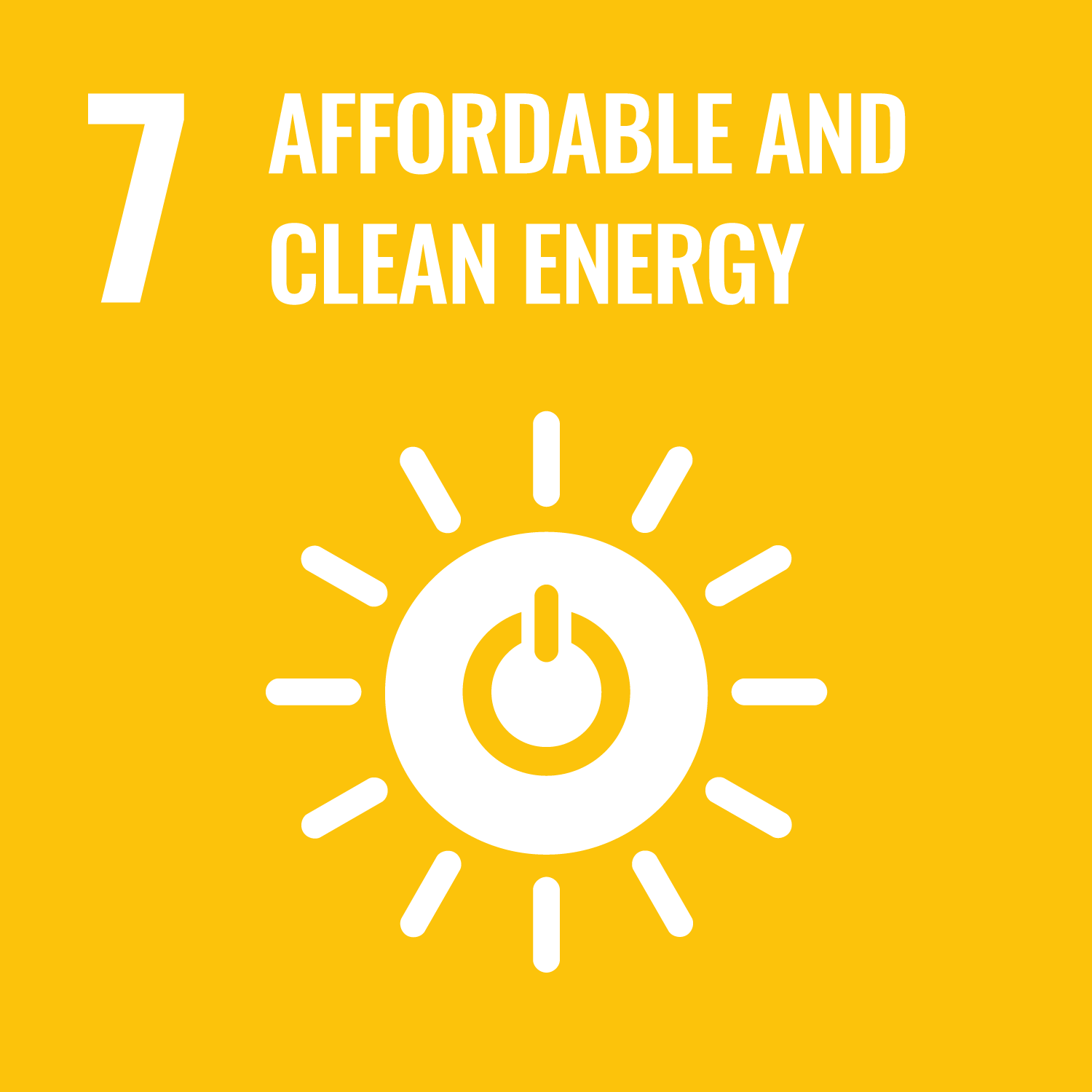
The ISD technology uses solar energy, a clean and renewable source of power. This supports the goal of providing access to affordable and clean energy for all, especially in rural areas where access to electricity or other energy sources might be limited.
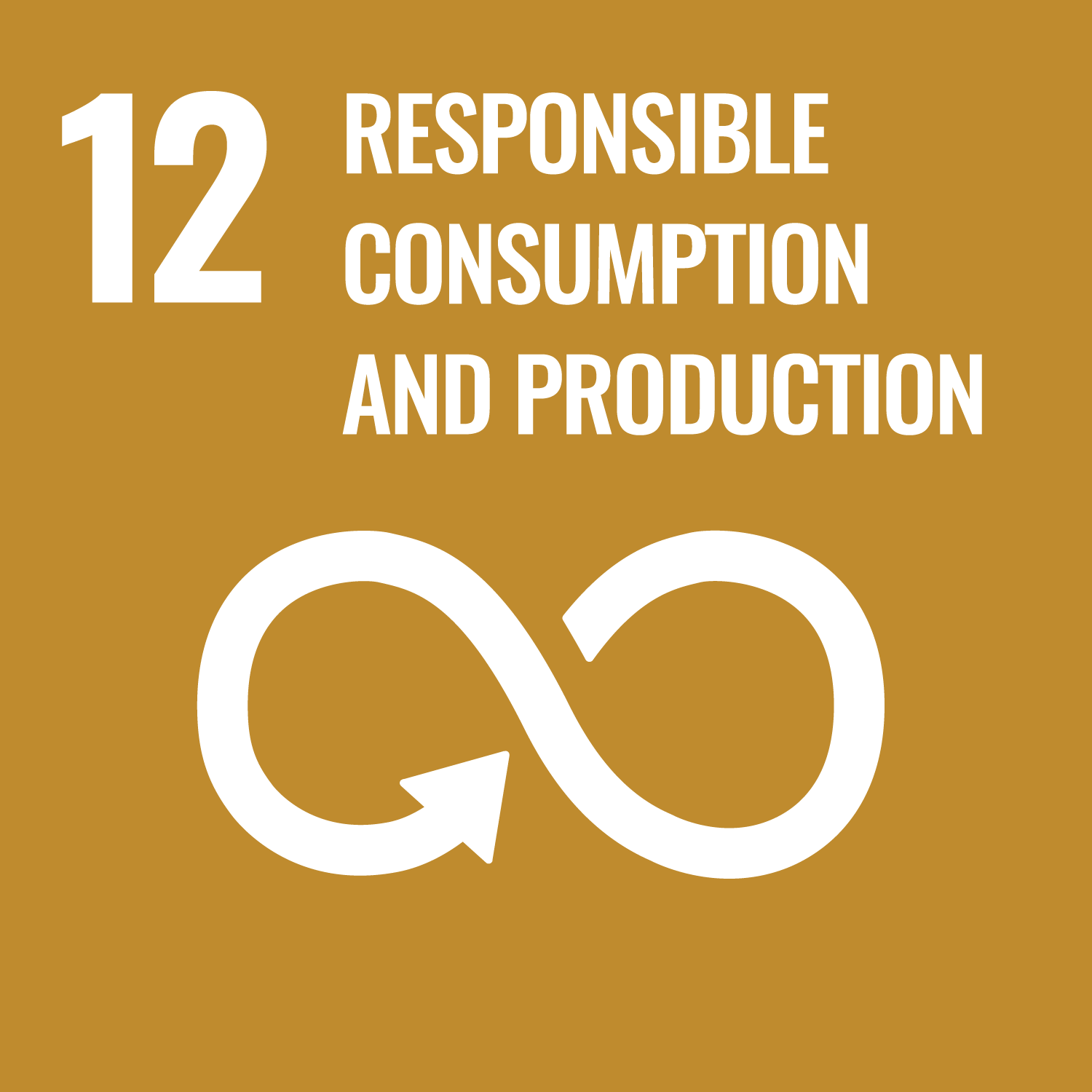
It helps minimize the need for chemical treatments or excessive use of water, which are often associated with traditional drying methods.

The use of solar power for drying reduces the carbon footprint of the food drying process, contributing to climate change mitigation.
To use the ISD (Solar Bubble Dryer) technology effectively, follow these steps:
Set Up the Dryer Near the Harvest Site
Place the Solar Bubble Dryer close to where the cassava (or other perishable crops) is harvested to minimize transportation costs and reduce post-harvest losses. Ensure the setup area is flat and free from debris for stability and optimal airflow.
Load the Fresh Cassava
Spread the freshly harvested cassava roots evenly within the drying tunnel. This ensures even exposure to the drying air, promoting consistent dehydration. Do not overload the dryer, as overcrowding can reduce airflow and slow down the drying process.
Activate the Photovoltaic System
Connect the solar panel, which powers the dryer’s blower, to start inflating the tunnel and initiate the drying process. The solar panel charges a rechargeable battery, so the blower can maintain airflow throughout the drying cycle, even if sunlight levels fluctuate. This airflow accelerates moisture removal from the cassava and regulates the internal environment.
Monitor the Drying Process
The Solar Bubble Dryer requires minimal supervision, but occasional checks are recommended to ensure even drying. Use the built-in roller or internal rake to mix the cassava without opening the tunnel. This mixing helps to expose all parts of the cassava to the heated air, promoting uniform drying.
Check for Optimal Dryness
Drying typically takes 3-5 days, depending on weather conditions and cassava moisture content. Cassava is optimally dried when it reaches the desired moisture level for processing or storage, which can vary depending on the specific requirements.
Unload the Dryer
Once the cassava is fully dried, turn off the blower and open the tunnel carefully. Remove the dried cassava and prepare it for storage or transport. The dryer can then be deflated and easily moved to a new location if needed.
Store and Maintain
After each drying cycle, inspect the dryer for wear, clean the transparent tunnel surface to ensure maximum sunlight entry, and check the photovoltaic system’s functionality. Proper maintenance will extend the dryer’s lifespan and optimize its drying efficiency over time.
Last updated on 5 September 2025